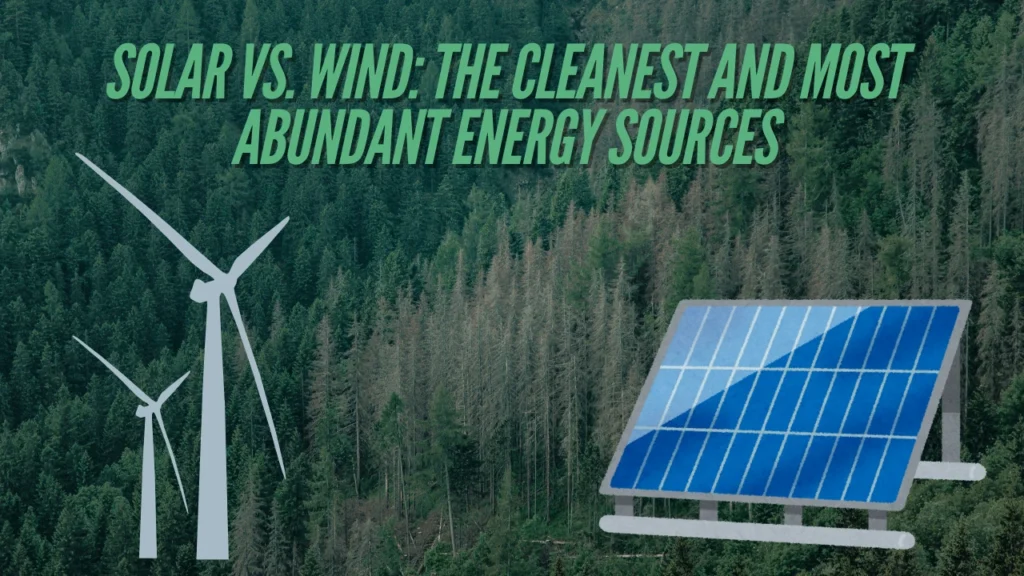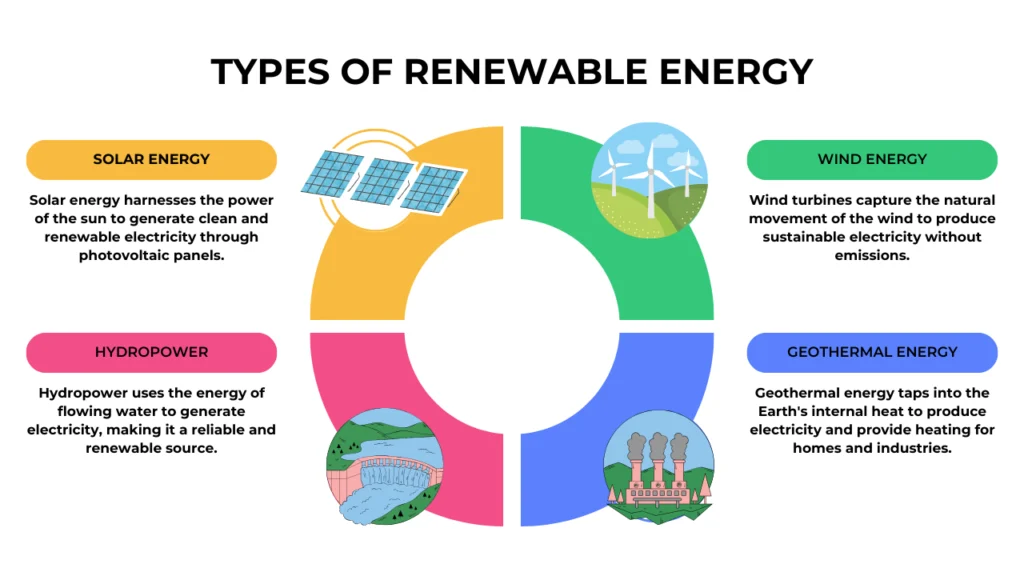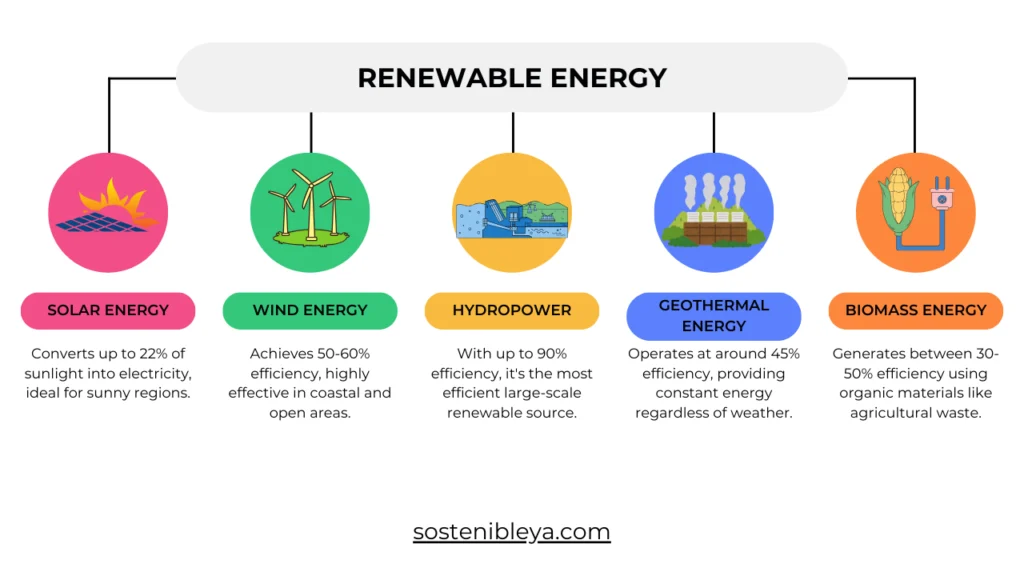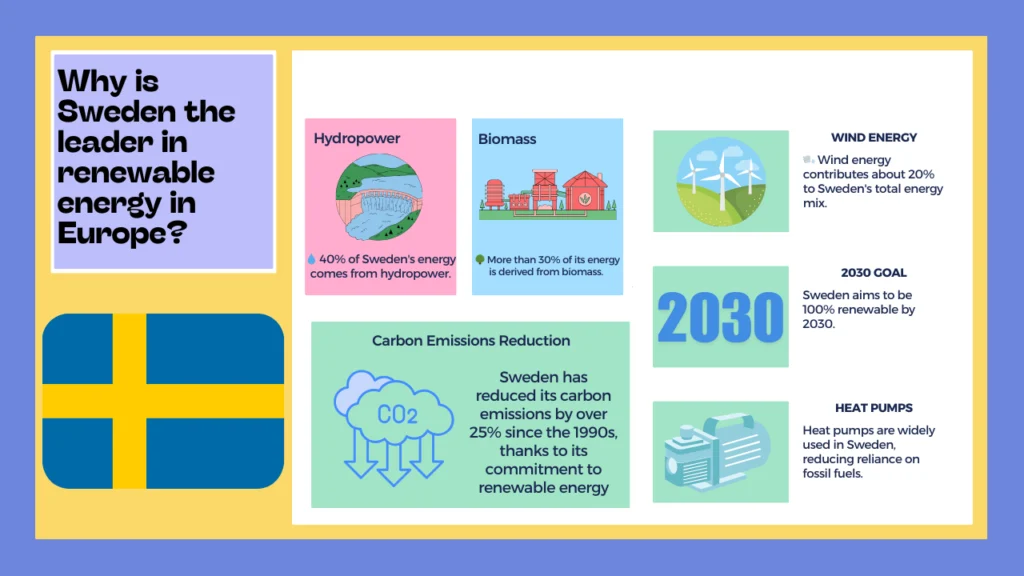
As the world shifts towards more sustainable practices, one question that constantly arises is: What is the cleanest energy source? With the urgent need to reduce greenhouse gas emissions and slow climate change, finding the cleanest, most reliable energy source is critical for the future of our planet.
Clean energy comes in various forms, but not all are created equal. From solar to wind, hydropower to geothermal, and even nuclear energy, each source has its advantages and challenges. In this article, we’ll explore these different clean energy sources and determine which one stands out as the cleanest.
What Defines Clean Energy?
Before diving into specific energy types, it’s important to understand what we mean by “clean energy.” Clean energy refers to power sources that produce little to no pollution, do not emit harmful greenhouse gases, and are sustainable for long-term use. Clean energy must not only reduce our carbon footprint but also minimize environmental impact over its entire lifecycle.
The cleanest forms of energy are generally renewable, meaning they are replenished naturally and will not run out—making them vital in the fight against climate change.
What is the Most Clean Energy Source?
1. Solar Energy 🌞
Solar energy is often hailed as one of the cleanest energy sources available today. By harnessing the power of the sun using solar panels, we can generate electricity without producing air pollution or greenhouse gas emissions. Solar energy systems are scalable—from rooftop panels to massive solar farms—and can be used to power homes, businesses, and even electric vehicles.
Why is it clean?
Solar energy produces zero emissions during operation, and modern advances in solar technology continue to improve efficiency, making it an increasingly viable option.
Challenges:
Solar power generation is intermittent, meaning it only works when the sun is shining, so energy storage systems (such as batteries) are needed to store excess energy for use during cloudy days or at night.
2. Wind Energy 🌬️
Wind energy is another top contender for the title of the cleanest energy source. Wind turbines convert the kinetic energy from wind into electricity, producing zero emissions in the process. As technology has advanced, the efficiency and capacity of wind turbines have increased dramatically, making wind energy a major player in global renewable energy generation.
Why is it clean?
Wind energy produces no direct emissions and has a minimal impact on the environment when the turbines are installed in suitable locations.
Challenges:
Like solar energy, wind power is also intermittent, depending on wind speeds. It also requires significant upfront investment and land space, though offshore wind farms are becoming increasingly popular as a solution to this issue.
3. Hydropower 🌊
Hydropower, one of the oldest renewable energy sources, generates electricity by using flowing water to spin turbines. Large dams, such as the famous Hoover Dam in the U.S., can generate massive amounts of power with no emissions.
Why is it clean?
Hydropower produces electricity without any air pollution or greenhouse gas emissions and is highly reliable compared to solar and wind.
Challenges:
Building large dams can disrupt ecosystems, displace communities, and cause environmental damage. However, smaller-scale hydropower plants offer a more sustainable alternative.
4. Geothermal Energy 🌋
Geothermal energy harnesses the Earth’s internal heat to generate electricity. This is achieved by tapping into hot water reservoirs beneath the Earth’s surface. Geothermal plants are highly efficient and can operate continuously, providing a stable energy supply.
Why is it clean?
Geothermal energy produces very low emissions and is highly sustainable, making it one of the cleanest energy sources available.
Challenges:
Geothermal energy is location-specific, requiring access to geothermal hot spots, and the installation of geothermal plants can be costly.
5. Nuclear Energy ⚛️
Nuclear energy is often debated when discussing clean energy. While nuclear power plants produce no carbon emissions during operation and generate large amounts of energy, concerns about radioactive waste and safety (such as accidents like Chernobyl and Fukushima) raise questions about whether it can be classified as truly clean.
Why is it clean?
Nuclear energy has the highest energy density of all energy sources, meaning it can produce vast amounts of electricity with minimal land use and no direct carbon emissions.
Challenges:
Nuclear energy produces radioactive waste that remains hazardous for thousands of years, and nuclear accidents—while rare—can have catastrophic environmental and human consequences.
So, What is the Cleanest Energy Source?
When comparing the different energy sources, solar energy stands out as the cleanest. Its ability to generate electricity without pollution, its vast availability, and continuous advancements in technology make it the best candidate for powering a zero-emission future. While energy sources like wind and geothermal are close behind in terms of cleanliness, solar power is uniquely scalable and increasingly affordable.
Hydropower and nuclear energy are also crucial to reducing carbon emissions but come with more significant environmental or safety concerns.
The Future of Clean Energy
As technology continues to improve, the costs of renewable energy sources, like those discussed in our article on Which Is the Best Renewable Energy?, are expected to drop even further, making clean energy more accessible worldwide.. Countries are investing heavily in renewable infrastructure, and international agreements like the Paris Climate Accord are pushing governments to adopt cleaner energy sources.
The key challenge moving forward will be developing energy storage solutions to ensure the reliability of intermittent sources like solar and wind. Battery technology is advancing rapidly, and breakthroughs in this area will play a critical role in the future of clean energy.
FAQ
What is the cleanest energy source?
Solar energy is often considered the cleanest energy source because it produces no emissions during operation and is available worldwide.
Is nuclear energy considered clean?
While nuclear energy produces no carbon emissions, the waste it generates and the risks associated with nuclear accidents mean that it’s not universally considered a clean energy source.
Can wind energy replace fossil fuels?
Wind energy has the potential to replace a significant portion of fossil fuel-based energy, but its intermittency requires storage solutions to ensure consistent power.
What is the most reliable clean energy source?
Hydropower is the most reliable clean energy source due to its ability to generate a consistent flow of electricity, unlike solar or wind, which depend on weather conditions.
How can I use clean energy at home?
Installing solar panels, using wind turbines, or subscribing to a clean energy provider are great ways to start using clean energy in your daily life.



